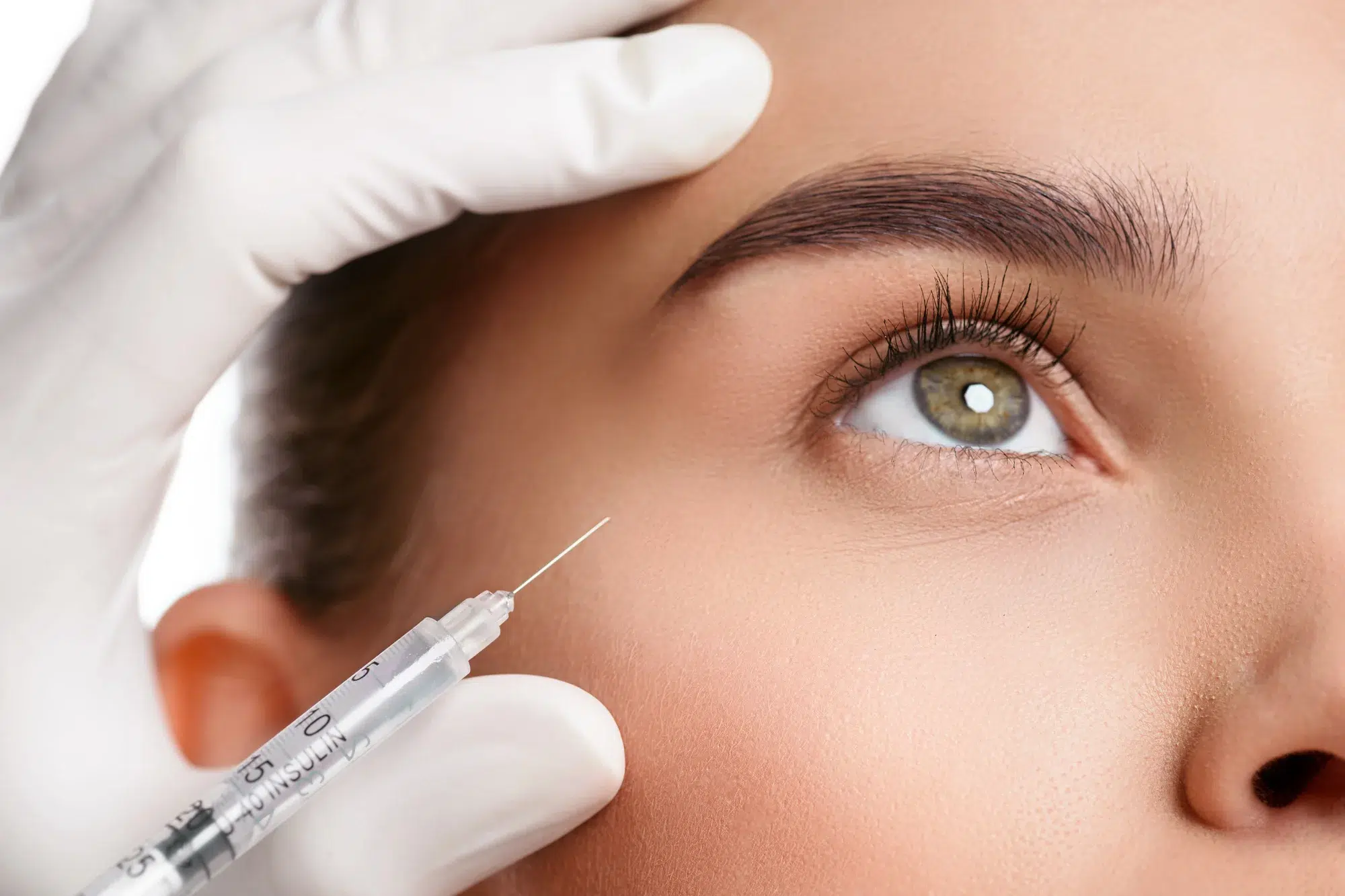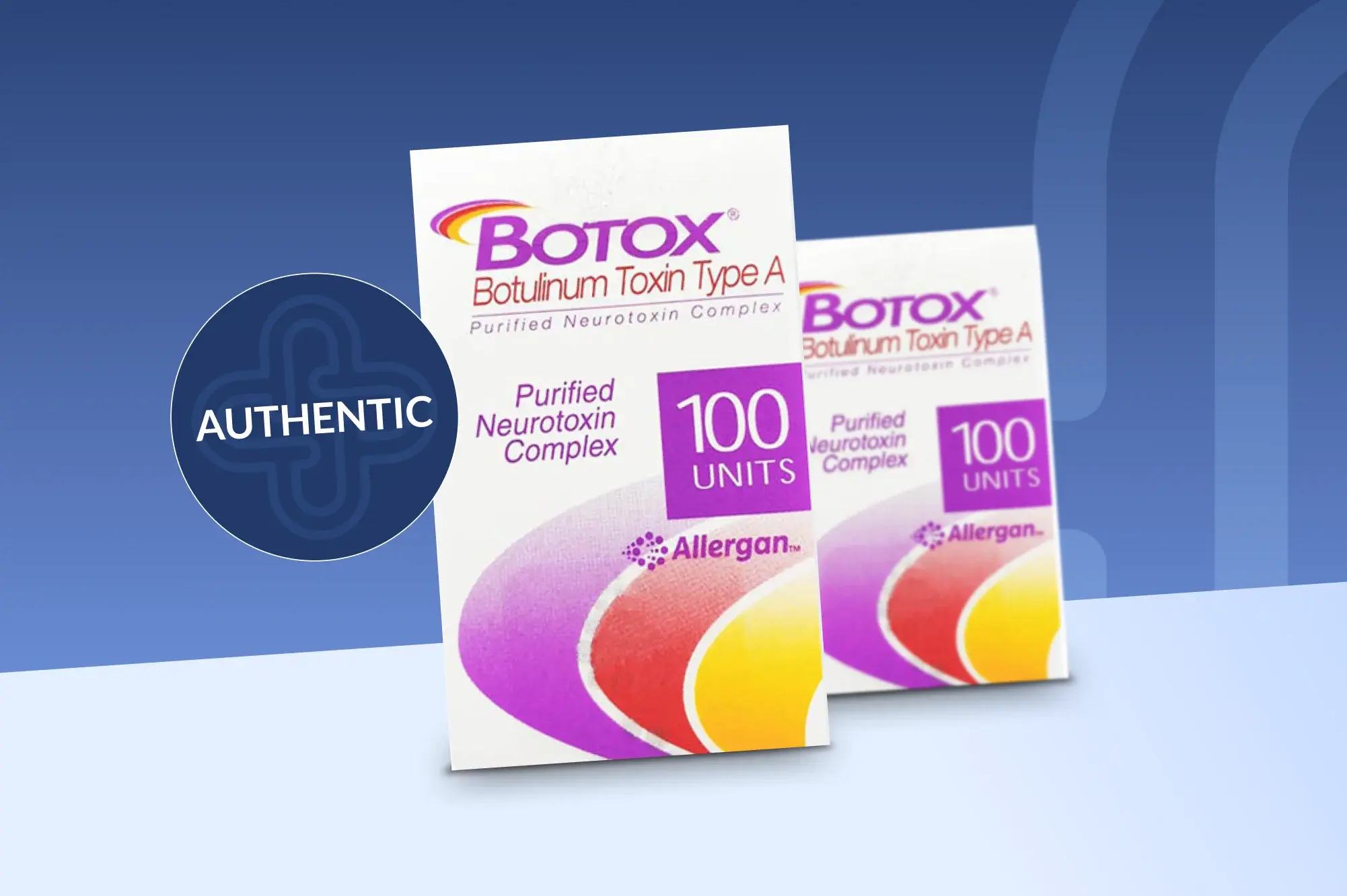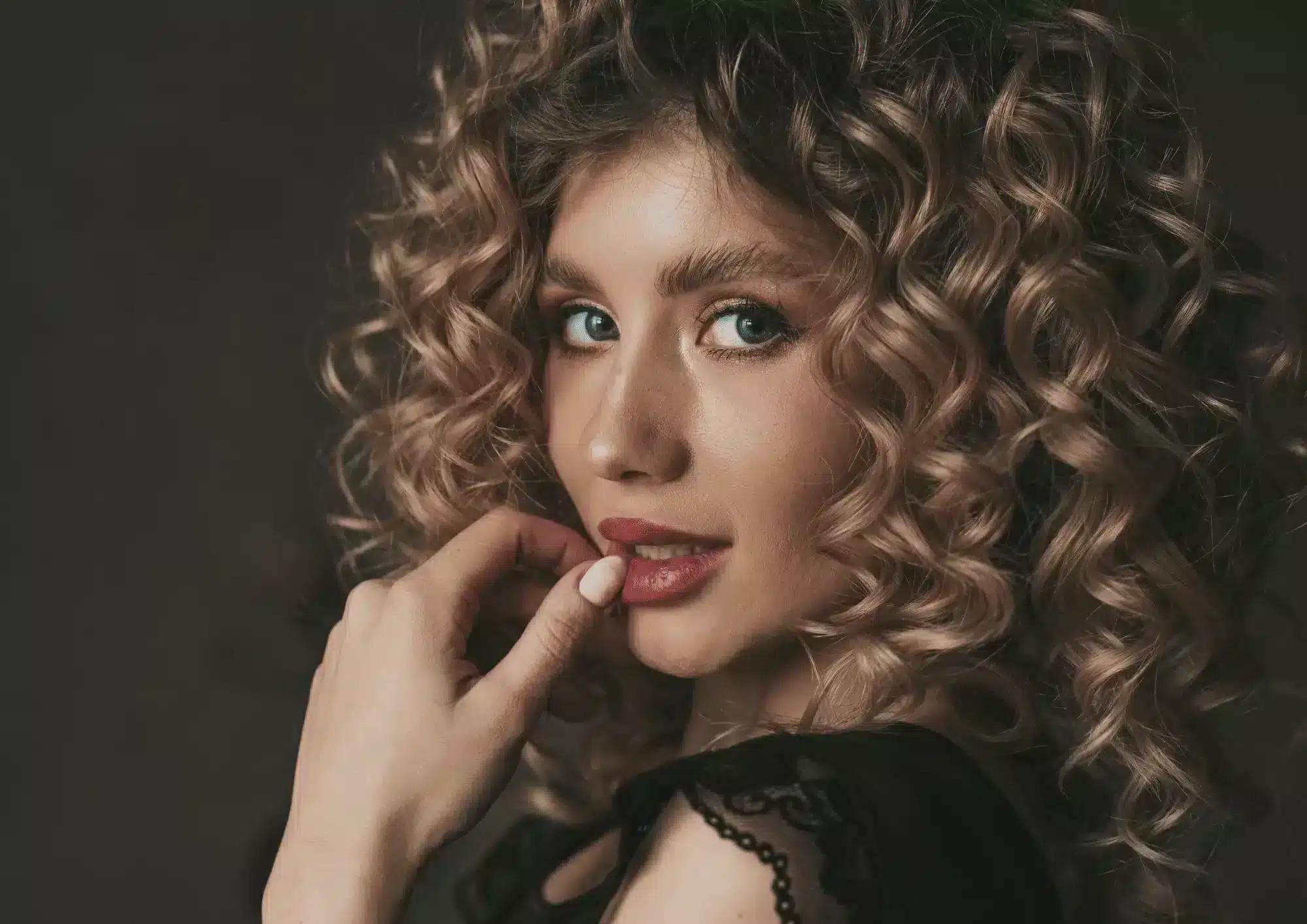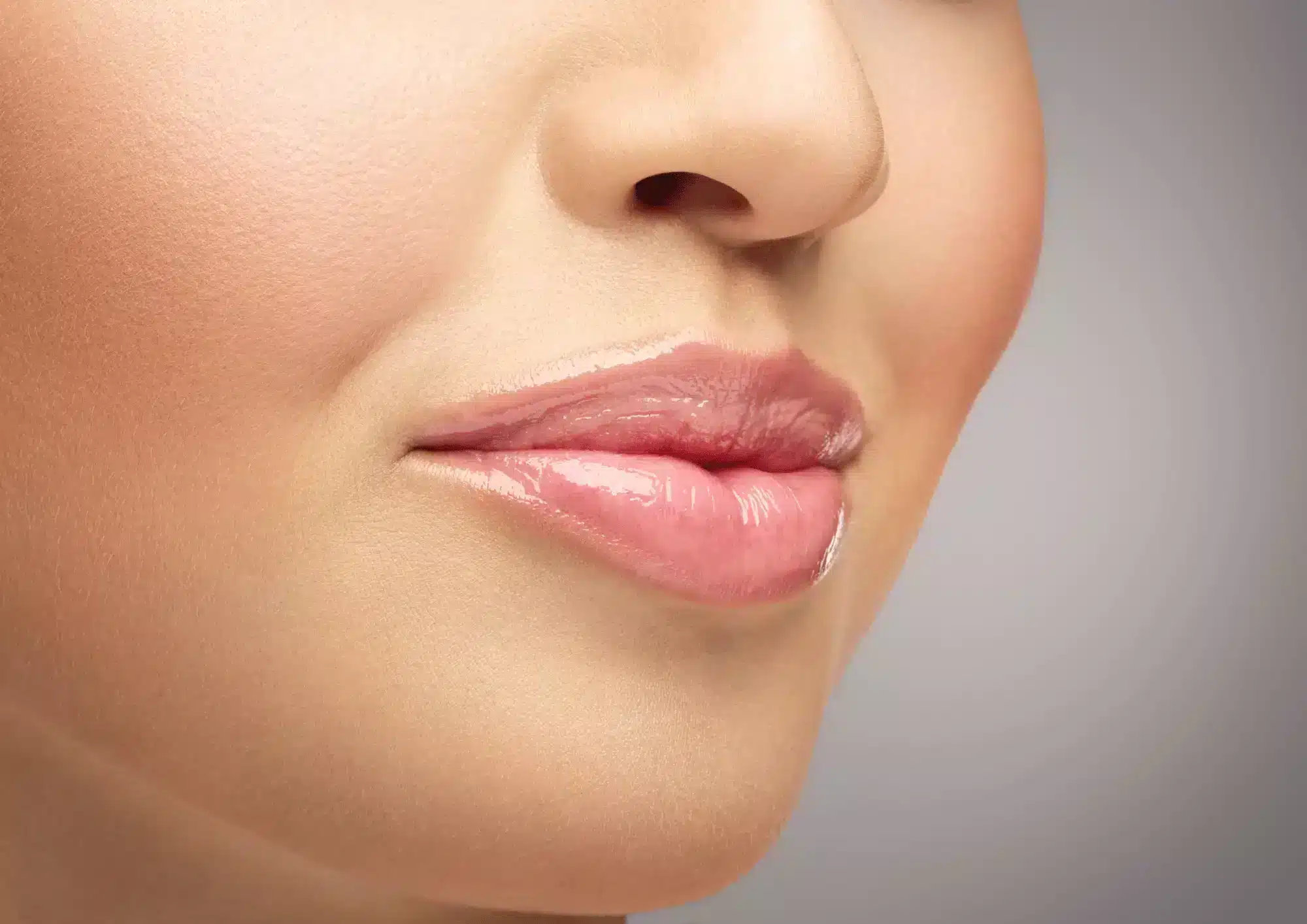There are many dermal filler products available on the market, though the two most popular are Juvederm and Restylane. Each of these brands also offers a number of different products with different specifications. There are a few distinctions between Restylane and Juvederm compared to Botox, including the fact that dermal fillers provide immediate results, offering instant plumping effects, while the results of Botox are usually delayed, taking anywhere from 3 to 7 days to take full effect. The longevity of results also varies between methods, with effects usually lasting from 3 to 6 months with Botox injections, and 6 to 9 months with Restylane and Juvederm.
Botox, Juvederm and Restylane Are Used To Treat Wrinkles
There are many different techniques and methods available to individuals seeking to revitalize the appearance of the skin and face. The most popular treatment options are Botox and dermal fillers, which each offer distinct benefits for distinct facial issues though the methods are often conflated. In reality, Botox and dermal fillers are used to treat 2 distinct types of wrinklesdynamic wrinkles and static wrinkles, respectively.
Dynamic wrinkles are the lines and wrinkles that appear as a result of facial movements, which become more permanent as our skin loses elasticity. They typically appear in the upper area of the face, and are effectively treated by Botox injections because of their relation to the underlying muscles in the face. On the other hand, static wrinkles are those lines and folds that are caused by gravity and the loss of volume in the skin. They can appear in any area of the skin, including the face, hands, neck, and chest. Dermal fillers are able to revitalize the appearance of the face by restoring volume within the skin to fill in these lines and folds.
Ingredients of Botox vs Ingredients in Juvederm and Restylane
Botox Ingredients
Botox is made of the neurotoxin botulinum toxin type A, which is produced by the bacteria Clostridium botulinum. When produced for medical and commercial use, botulinum toxin is carefully purified to ensure safety, as Clostridium botulinum can be very toxic to humans. Botulinum toxin causes temporary muscle paralysis by blocking the signals that are sent from the nerves of muscles in which the solution has been injected and the brain. When this is blocked, the brain is unable to signal the muscles to contract, therefore paralyzing muscle contractions.
Ingredients In Restylane, Juvederm and other popular Dermal fillers
There are a few varying materials that dermal fillers often are made of, though some of these most popular brands are composed of hyaluronic acid. Hyaluronic acid, a molecule that occurs naturally in the human body, is found in the greatest concentrations in skin tissue. It is the solution responsible for ensuring moisture is provided and assisting in many cell functions. Also, like many other naturally produced substances within the body, the concentration of, and production of hyaluronic acid slows down as we age. Lines, folds, and saggy appearance in the skin form when the skin begins losing hyaluronic acid, mainly because it becomes thinner, looser, and drier.
Differences in treatment
While Botox and dermal fillers are each made of distinct materials and are used to treat different issues, treatment is very similar between the treatments. Both methods involve having the solution injected using a small needle, though Botox is injected into the muscle while dermal fillers are injected into the skin. Because the needle used for injection with either solution is very small, pain is minimal and usually feels like a tiny pinprick. An anesthetic may be applied if patients are concerned about pain, though some dermal filler products contain an anesthetic in the solution for added comfort. There may some lingering pain in the injection area after treatment with either dermal fillers or Botox, and treatment sessions usually last around 20 minutes for both types of injections, depending on the area and issues being treated.
Botox, Juvederm or Restylane?
When To Use Botox
Botox is suitable for the treatment of dynamic wrinkles, which include the glabellar lines (frown lines), crow’s feet, and horizontal forehead lines. Botox injections are approved for use in individuals 65 years of age and younger, and may not be the best solution for severe wrinkles, though injections may be effective at preventing wrinkles from getting worse. Botox treatments are more effective in younger individuals, and are a good preventative treatment.
When to use Juvederm and/or Restylane
Dermal fillers are suitable for treatment in the face, neck, decolletage, and the back of the hands, and are able to be used not only to fill in wrinkles, creases, and folds, but may also be able to help add volume in areas with severe sagging or hollowness. Some dermal fillers may even be able to help with sculpting the facial contour and augmenting certain areas such as the lips and nose. There are many different products available with different concentrations of hyaluronic acid and different gel thickness, meaning anything from superficial wrinkles to more severe folds may be treated with dermal fillers.
Are Treatment Costs Different?
Another disparity between products is cost. Botox is typically priced in 1 of 2 wayseither by the area treated or by units used. While the price may vary anywhere between $300 to $800 depending on the condition of the skin, the areas being treated, and the amount of solution required, the average cost of Botox treatment is around $330. There is much more variation in the cost of dermal filler injections, though the factors that determine price are similar to those that affect Botox prices, though the brand and product used will also play a role in the price of dermal filler treatment. Treatment with Restylane and Juvederm can range in price between $500 and $1300 for a 1ml syringe, and the amount of solution required will depend on the desired results and the severity of correction.








